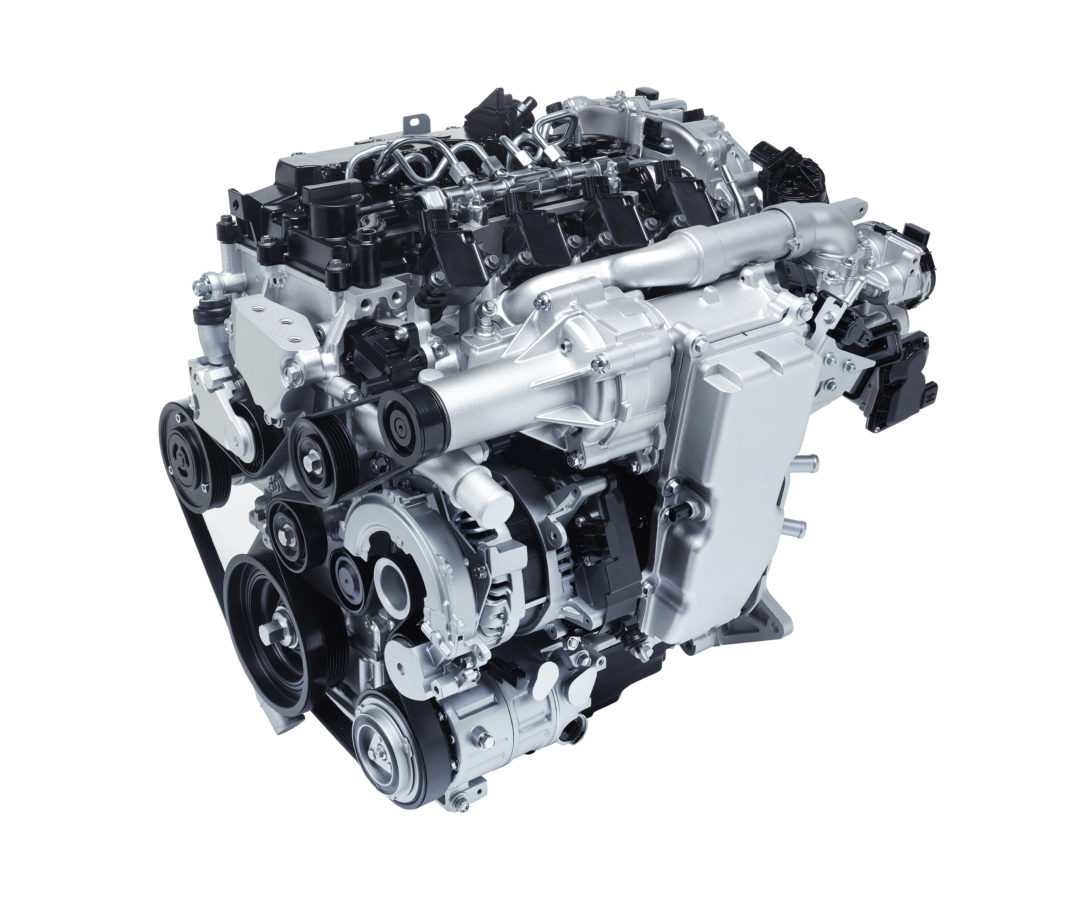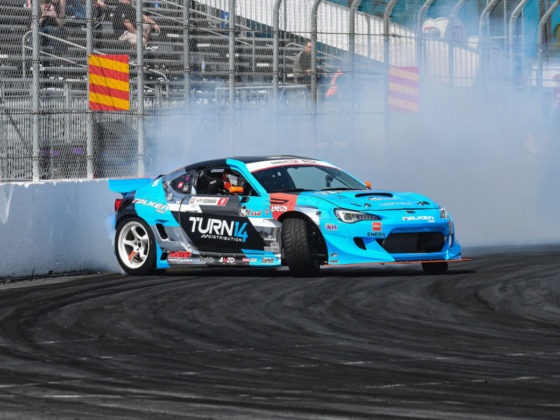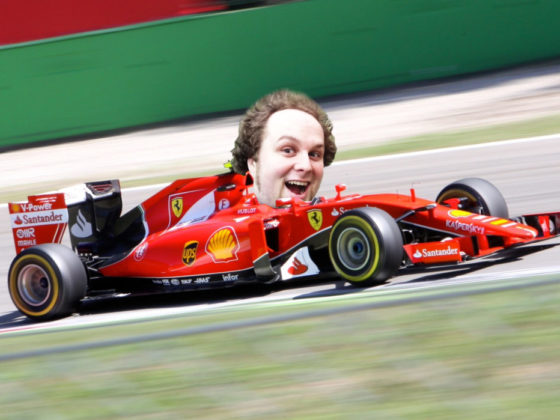,
Challenges with SPCCI:
Before you get too excited about SPCCI, it isn’t quite a “plug-n-play” solution and has its own issues. There are two main challenges to affecting SPCCI: perfecting the air/fuel ratio and monitoring the compression ignition to make sure it doesn’t spiral out of control and end up in the zone of engine-damaging detonation.
Perfecting the air/fuel ratio is not easy because the goal is to create a scenario similar to pre-ignition knock- but just short of it. A lean air/fuel mix is desired at the bottom of the cylinder, but it is not wanted throughout the entire cylinder. A richer air/fuel mix is desired for the rest of the cylinder for more stable ignition. This can cause the mixture to want to ignite too early and heat up too much, causing detonation. Improved direct cylinder injectors and better timing control of the fuel injection events in relationship to crank position prevent this from happening.
Things can get pretty out of hand quickly and spiral into detonation if the compression ignition isn’t constantly monitored. Each cylinder has pressure sensors that constantly measure cylinder pressure. The all-powerful engine control unit monitors the sensor readings and quickly calculates if the spark timing was ideal for each combustion event having the optimal pressure. If not, timing adjustments are calculated in time for the next stroke and are then made on the fly. This happens for each power stroke and ensures that compression ignition consistently occurs after TDC. It’s pretty incredible to consider the capabilities of this engine control system, considering how quickly it all needs to process and adapt! Through cylinder pressure readings, the processors are actually not only able to detect knock, but they are also able to predict it and proactively eliminate it as well!

Yes, it's supercharged. But, before expectations fly for an all-new, all-powerful supercharged engine, remember how many times the words “lean” and “lean burn” were mentioned thus far. The goal with the supercharger is not to make huge power levels but to continually push fresh air into the system for lean combustion while at the same time, producing more power reliably.
Pre-production power numbers are estimated at 178 WHP and 170 ft/lbs of torque. Mazda isn’t looking to take the drag racing approach by topping the charts with peak power ratings. Rather, they are taking the road racing approach by focusing on a more consistent power curve for driveability. Don’t hit the snooze button yet; we tested their SKYACTIV-X prototypes, and Mazda ensured their fun to drive “ZOOM ZOOM” philosophy was instilled in the world’s first HCCI engine.
The Test Drive

The first thought going through our MotoIQ minds after test driving their prototypes is how perfect the SKYACTIV-X would be for endurance racing! The long and consistent power band is magically paired with good low end torque, but the key to how successful this motor would be in endurance racing is the consistent fuel economy throughout almost all of the power band (2,000-7,000 RPM!). When endurance races can be won or lost through fueling strategy, this can potentially be the golden ticket.
Or, if you aren’t planning to build an endurance racecar, we think this engine would make a great daily driver for those looking for fuel economy while not falling asleep behind the wheel.
Other great news for driving enthusiasts is that the reason why we test drove two prototypes is because Mazda is offering two types of transmissions for the SKYACTIV-X…

Mazda publicly recognizes that manual transmissions will never be the fastest option on the market, but they have a different focus- driver connection and happiness. Wow! We are pleasantly surprised to hear that from a large automaker, especially when other automakers are heavily focused on things like self-driving cars and producing appliances that allow humans to transport from point A to point B.



